On Friday, I hung an exhibition. 35 prints, with sizes ranging from 8×20 to 40×40 inches.
Kind of a retrospective, with images from Alone in a Crowd, This Green, Growing Land, Nighthawks, Staccato, Los Robles, some street images, and two others, including one from my newest series, Ft. Ord Graffiti. All of the Alone in a Crowd images were captured on medium format film. Same with the street photography. But only one image was made with a medium format digital camera:
I didn’t realize that until the show was up, and I asked myself why not more MF digital images, since that’s what I’ve mostly been doing for the past eight years.
Here’s my analysis.
I didn’t include any of the Betterlight Super 6K images from Timescapes, since it takes quite a few examples to understand what that’s all about. No Spots on my Apples images for the same reason. That lets out a lot of more recent work.
What distinguishes MF digital from smaller formats. Mostly resolution and image clarity. There is one series represented in the show that demands high resolution, Los Robles. It was shot mostly with 24 MP FF cameras, which are not high res devices. However, the series consists of stitched images with 50 to 150 captures for each completed image. That yields a lot of resolution; so much that I had to downsample the results by a lot to print them.
But the thing that struck me most was how few of the images depended on resolution and sharpness for their success.
Some examples:
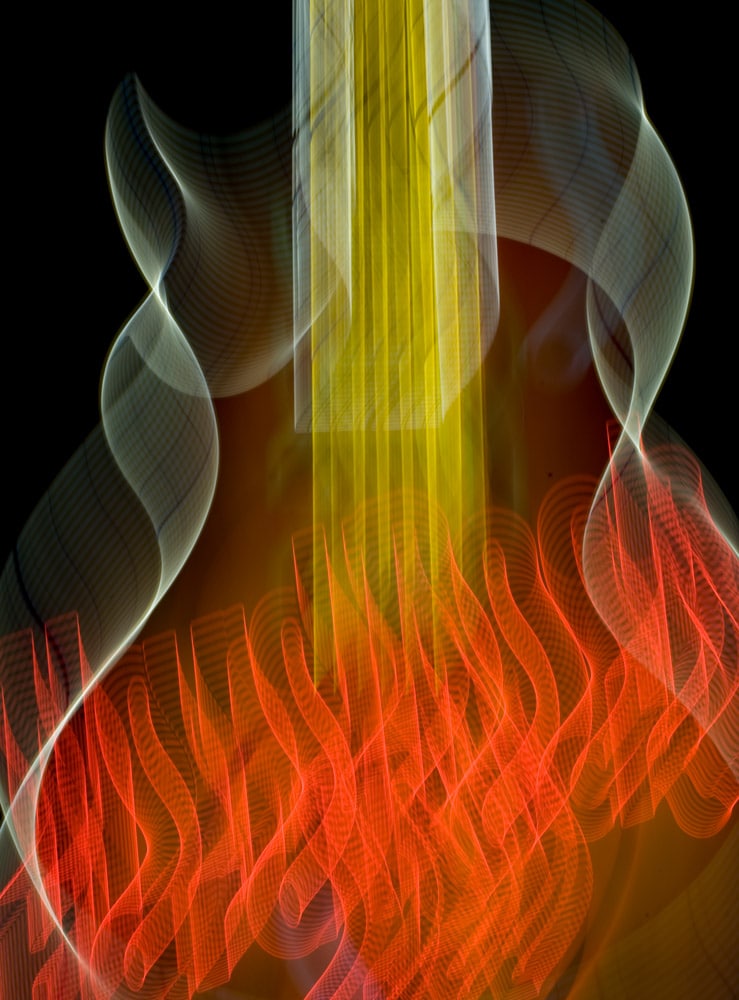
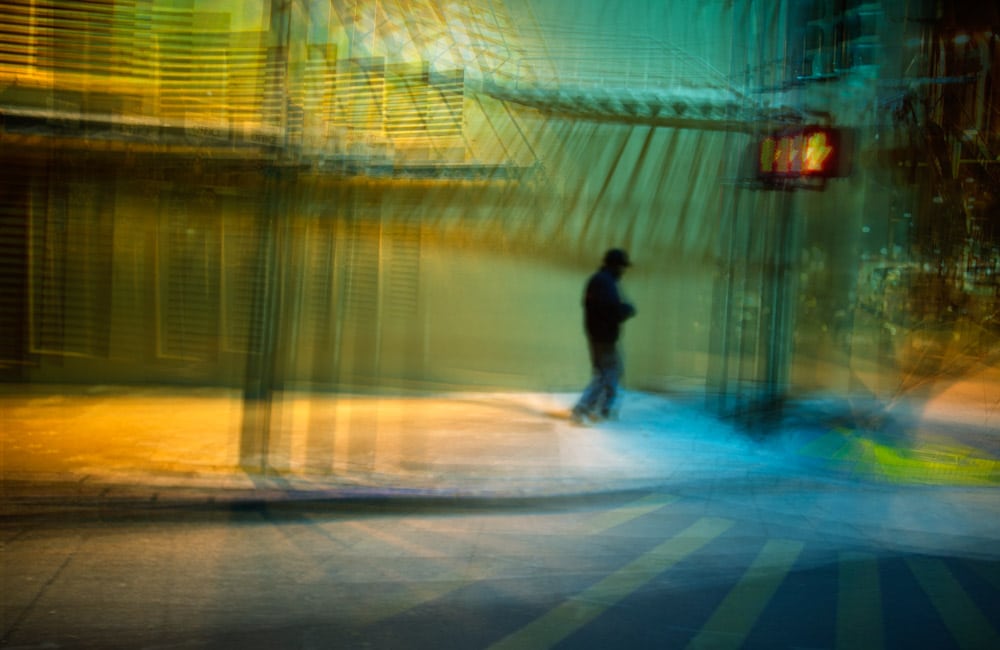
One nice thing about starting out with blurry images is that, if they look good small, you can print them really big and they still look great.
I spend a lot of time in this blog testing for the sharpest cameras and lenses. But when the photographic rubber meets the road, content trumps both of those.
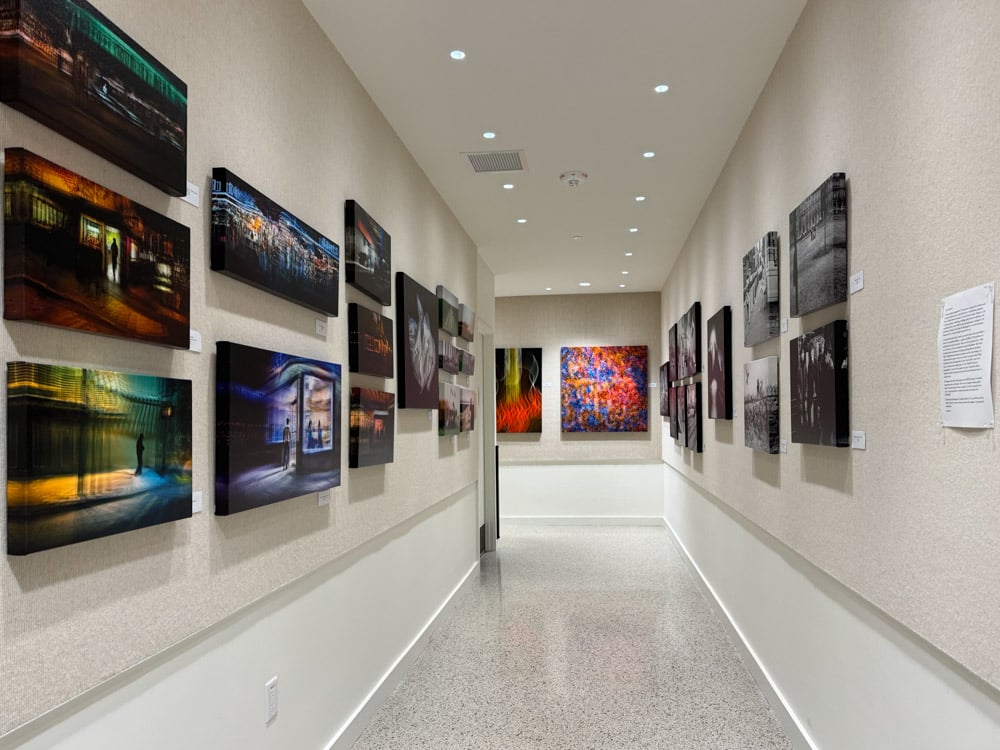
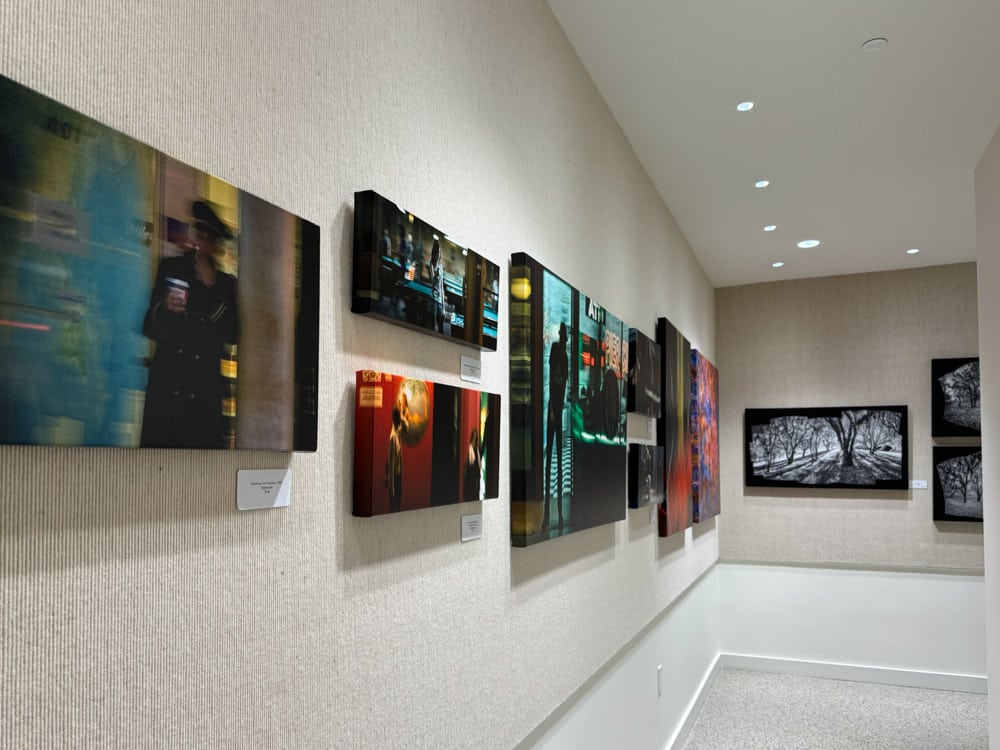

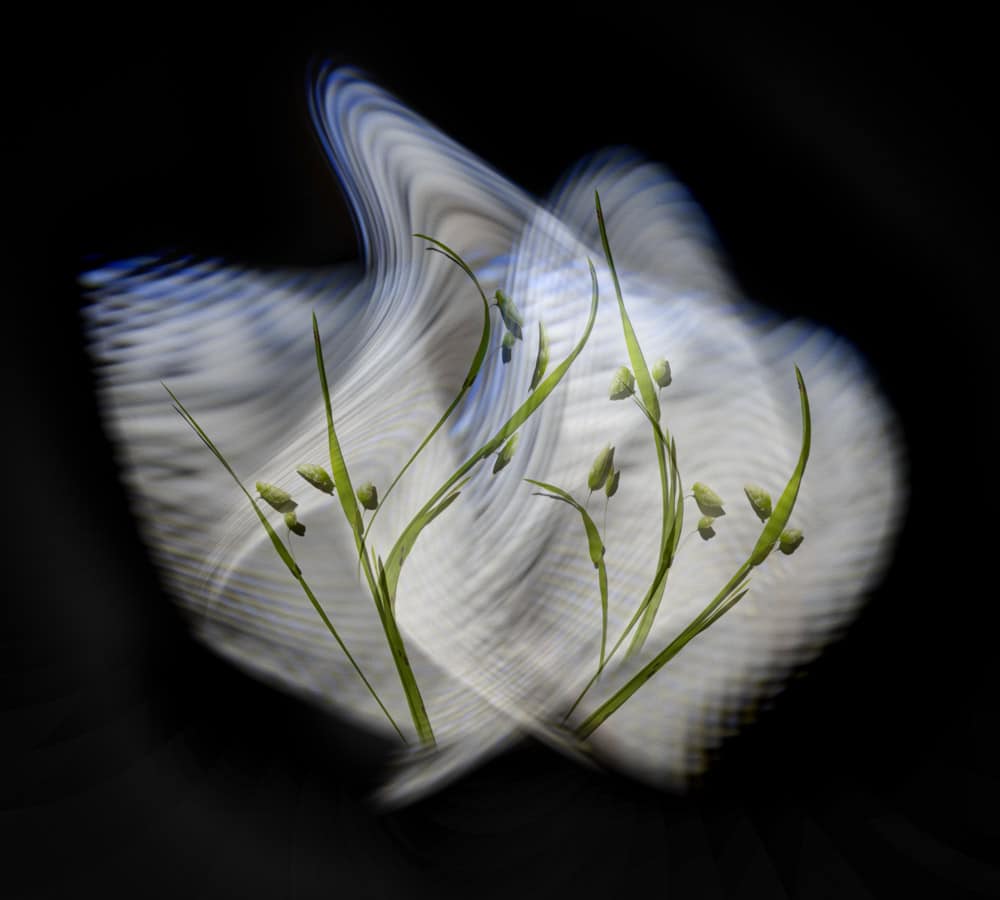
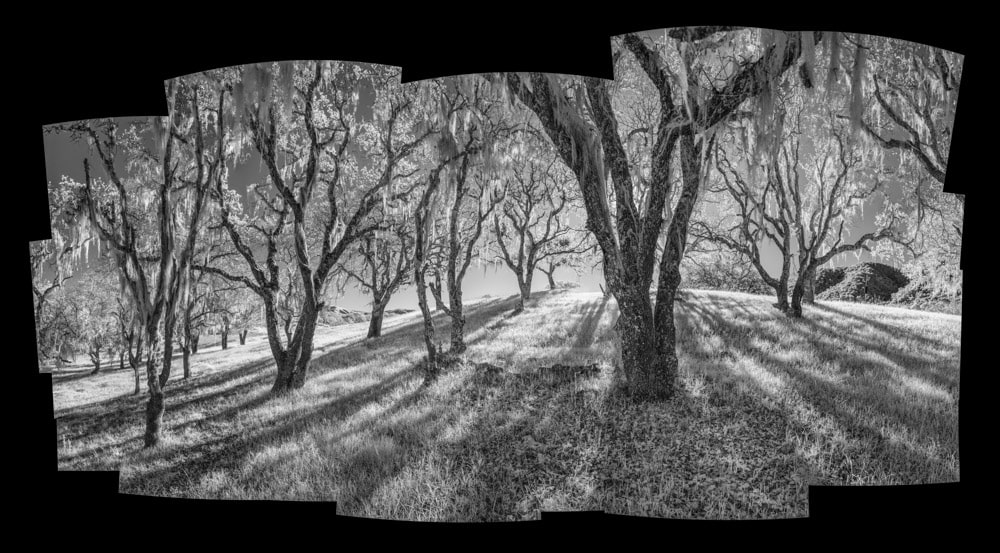
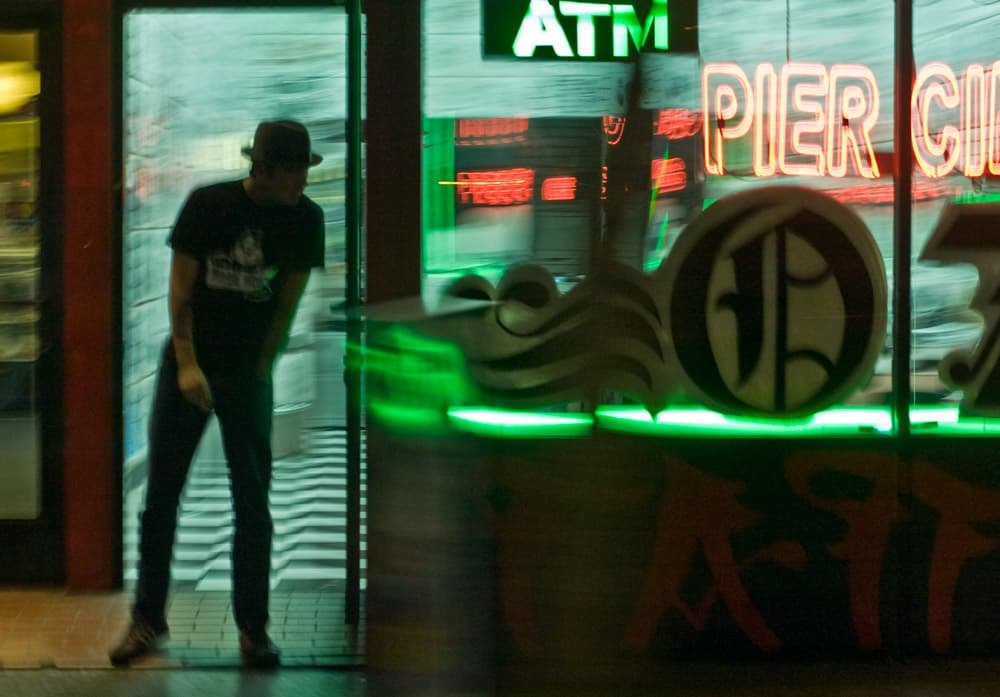
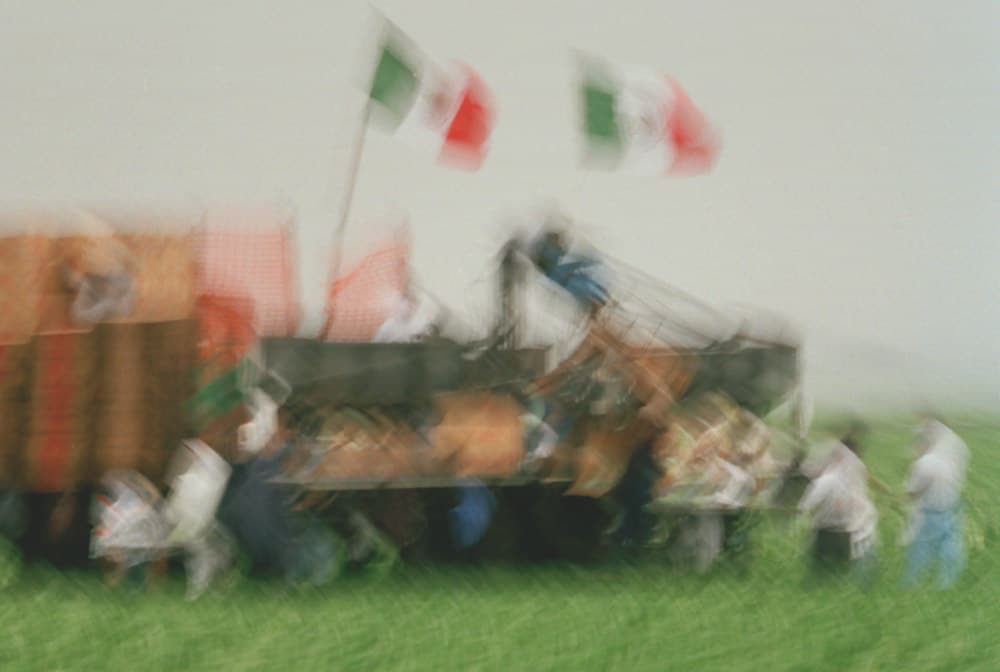

Jack Hogan says
Right Jim, especially whey they are printed on canvas 🙂
JimK says
There is that, but the canvas the printer used is pretty darned good in holding detail. Not like a baryta print, but not bad at all.
Pieter Kers says
first: congratulations with the exposition! Looks good: like the way you cand fold canvas on the sides.
about sharpness
You always look at 200% in your tests while the print is mostly about 25%.
This whole shapness thing came with digital images on a screen, before that in the analogue days I mostly looked at the whole image. but yes i am infected too.
Once made a panorama of about 150 46MP images and could print it 9m wide and 3m high.
Razor sharp.
It came to hang on an exposition of steel manufacturers were there were many billboards, often made from a simple jpeg image.
To my suprprise my photo did not stand out at all ! The simplest images with the largest contrast stood out; made more impact. https://www.beeld.nu/beeld/stationarnhem2/index.html
Tex Andrews says
A somewhat curious post. All true, but it leaves out a lot i think. To whit: I’d much rather have the better file as an option, so I’d rather have the best camera and lenses. This is not to say I don’t have images I cherish from smaller formats. But I do wish I’d had the gear I’ve got now when I shot them.
Some random photographer says
I used to shoot and print mostly from film and have never been completely satisfied with my transition to digital. There is no question that digital is technically superior. But the quality that stands out when I look at my favorite prints is texture, not resolution. I’m bringing up this tired discussion about film and digital for a reason: I made several decent prints from one of my favorite negatives; my favorite print from that group was one that was printed minutely out of focus. That slight and inadvertently diffused light from the enlarger gave the already stark and grainy print a soft and radiant glow that made it subtly preferable to the other prints.
Texture and depth are more important for some images. Resolution and acuity are suited for others.
les cordes says
Incredible exhibition incidentally !